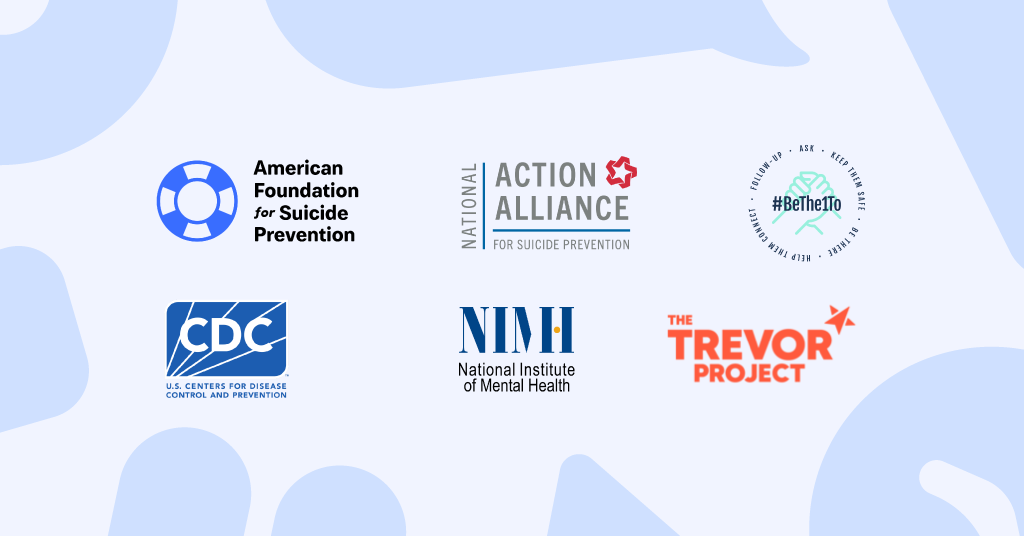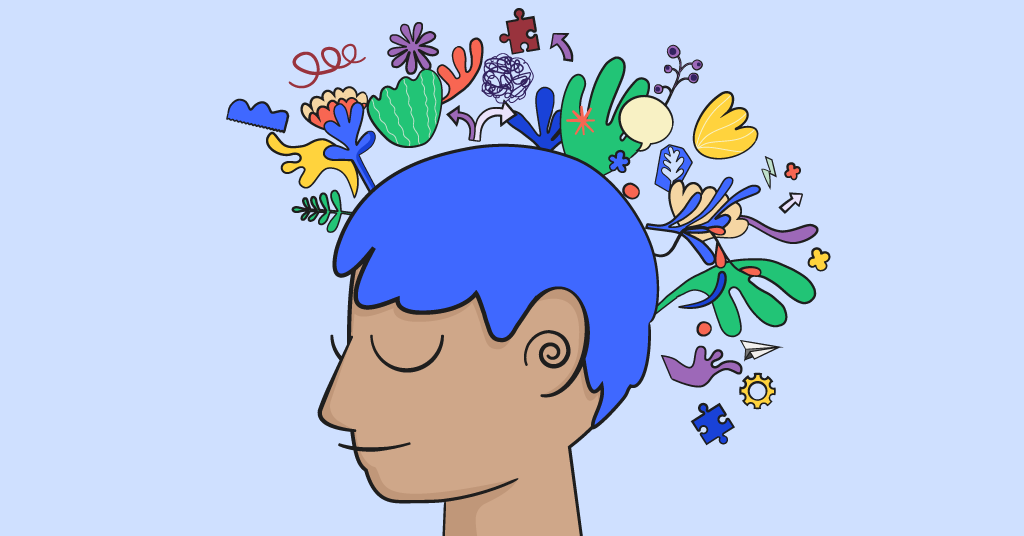**This blog post was last reviewed on January 1, 2024.**
Suicide is currently the second-leading cause of death for ages 10–24, which means that it’s an issue that has the potential to touch all of our lives at some point. Whether it’s a friend, a co-worker, or even someone in your own family, it’s important for you to know that there are available resources for suicide prevention, how to talk about it and where to turn for help when it’s needed. And while September is Suicide Awareness and Prevention Month — and also a good time to educate yourself and others on the reality of this issue — these suicide prevention groups and resources below can provide you with guidance and support year-round.
Websites For Suicide Prevention
1. American Foundation for Suicide Prevention (AFSP)
Website: https://afsp.org/find-support/resources/
The AFSP is a well-known suicide prevention organization and its website has a long list of resources including crisis hotlines, advice for finding mental health care, substance misuse treatment, and resources for issues such as self-harm, borderline personality disorder, schizophrenia, and other issues that often overlap with suicide. In September 2020, Bark will be donating $10 for every referral signup to help support those in need.
2. National Institute of Mental Health (NIMH)
Website: https://www.nimh.nih.gov/health/topics/suicide-prevention/index.shtml
This website has information about mental illness and suicide prevention, including statistics, symptoms, treatment options, and risk factors. It also provides resources that can help people understand the connection between suicide and other mental health issues such as depression, bipolar disorder, and more.
3. Society for the Prevention of Teen Suicide (SPTS)
Website: http://www.sptsusa.org/
SPTS provides a range of resources for suicide prevention, including education and training programs for teens, parents, and educators. Teen suicide is a growing problem in America and many other countries. SPTS is a nonprofit organization created by parents whose teen children died by suicide. It’s dedicated to helping to reduce the problem of teen suicide by providing resources for teens, parents, and educators. SPTS also pushes for legislation requiring teachers to undergo training in suicide prevention.
4. Centers for Disease Control and Prevention (CDC)
Website: https://www.cdc.gov/suicide/
The CDC views overall mental health and suicide as important public health issues, and as such, it’s dedicated extensive time and research to them. On this site, you’ll find nationwide statistics, helpful resources, factsheets, and more.
5. Action Alliance for Suicide Prevention
Website: http://actionallianceforsuicideprevention.org/resources
This is a public and private alliance of organizations dedicated to preventing suicide. The Action Alliance works with many groups, including government agencies, religious groups, schools, and mental health organizations to help people understand and prevent suicide.
6. Suicide Prevention Resource Center (SPRC)
Website: http://www.sprc.org/
Crisis Line: 1-800-273-TALK (8255)
Chat: https://chat.988lifeline.org/
SPRC is one of the most comprehensive resources for suicide prevention. In addition to information and training, they offer a hotline to help anyone who’s experiencing suicidal ideation: 1-800-273-TALK. Their website has links to resources in different states and a video providing advice on how to help support those considering suicide.
7. Crisis Text Line
Website: https://www.crisistextline.org/
Crisis Text Line: Text HOME to 741-741
Teens are often more comfortable texting than talking on the telephone, which is why Crisis Text Line provides an alternative option for those less comfortable with — or unable to — voice call. Specially trained crisis counselors will help de-escalate individuals who are considering suicide or dealing with severe mental health issues.
8. #Bethe1to
Website: https://www.bethe1to.com/
#BeThe1To is the National Suicide Prevention Lifeline’s message for National Suicide Prevention Month and beyond, and its aim is to spread the word about actions people can take to prevent suicide. This site provides information on the 5 steps to help prevent suicide, ways to participate, and current resources.
9. Suicide Awareness Voices of Education (SAVE)
Website: https://save.org/
Crisis line: 1-800-273-8255
Founded by a mother who lost her daughter to suicide in 1979, SAVE’s mission is to help prevent suicide through public awareness and education, reduce the stigma of suicidal ideation, and serve as a resource to those touched by suicide. With their dedicated efforts, suicide prevention groups like SAVE are making a significant impact in raising awareness and providing crucial support. The website provides resources, training kits, ways to get involved and donate, and more.
10. The Trevor Project
Website: www.thetrevorproject.org/
Founded in 1998 by the creators of the Academy Award-winning short film TREVOR, The Trevor Project is the leading national organization providing crisis intervention and suicide prevention services to LGBTQ+ young people under 25.
Remember, there are websites for suicide prevention that can provide guidance and support in times of crisis. If you or someone you know is struggling, don't hesitate to reach out to these suicide prevention organizations for help. You are not alone, and there is hope for a brighter future.
Read more
Bark helps families manage and protect their children’s digital lives.






